If you’ve ever translated German into English, you know the grammar can feel like a maze. German syntax doesn’t just differ from English—it often clashes with it. Whether you’re working on website localization, business documents, or product manuals, these structural mismatches can distort meaning or create awkward English if you translate too literally. When handling German to English translation, understanding these trouble spots gives you an edge, helping you create text that feels clear, natural, and faithful to the original intent.
In this article, we’ll unpack five major German syntax structures that routinely break during translation. You’ll learn why they cause issues, how English structures behave differently, and what professional translators do to bridge the gap smoothly. If you want your translations to sound polished—not robotic—mastering these syntactic challenges is essential.
- Trouble Spot #1: Verb-at-the-End Structure (SOV)
German often pushes the verb to the end of the clause, especially in subordinate sentences. English, on the other hand, expects the verb early.
Example:
- “…, weil er das Dokument gestern gesehen hat.”
- English: “because he saw the document yesterday.”
If translated literally (“because he the document yesterday seen has”), it sounds broken. Translators shift the verb earlier, reorganize time elements, and ensure that English’s natural Subject–Verb–Object pattern stays intact.
- Trouble Spot #2: Separable Verbs
German’s separable verbs (aufstehen, einkaufen, weitergeben) split apart depending on tense and word order. English doesn’t behave this way.
Example:
- “Er steht um 8 Uhr auf.”
Literal translation: “He stands at 8 o’clock up.”
Proper English: “He gets up at 8.”
Translators identify the core verb meaning, recombine the parts (prefix + verb), and choose an English verb that conveys the same nuance—often replacing a separable verb with a phrasal verb or entirely different verb.
- Trouble Spot #3: Infamous German Compound Nouns
Compound nouns like Datenschutzgrundverordnung or Kraftfahrzeughaftpflichtversicherung pack several concepts into one. English rarely uses compounds this way, so translations typically need spacing, restructuring, or simplification.
Instead of moving each word one-to-one, translators reassemble the meaning into natural English—sometimes using established terminology, sometimes creating descriptive phrases that capture intent without overwhelming the reader.
- Trouble Spot #4: Flexible Word Order
German allows remarkable rearrangement for emphasis. English, however, becomes confusing when elements shift too far from typical Subject–Verb–Object order.
For example:
- “Am Montag hat der Manager den Vertrag geprüft.”
Literal: “On Monday has the manager the contract checked.”
Natural English: “The manager checked the contract on Monday.”
Translators adjust emphasis using tone or placement, but keep word order natural to English readers.
- Trouble Spot #5: Overuse of Participial Constructions
German loves constructions like “die am Dienstag vorgelegten Unterlagen” (the documents submitted on Tuesday). While English can use participial phrases, German stacks them more heavily.
If translated word-for-word, sentences become long or stiff. So translators convert many participial phrases into relative clauses or simpler constructions, such as “the documents that were submitted on Tuesday.”
How Professional Translators Resolve These Syntax Conflicts
Experts rely on several key strategies:
- Reorganize clauses to fit English expectations.
- Recombine separable verbs into a single clear verb meaning.
- Break down compounds without sounding clunky.
- Restore English’s preferred rhythm and flow.
- Replace dense participial structures with more natural alternatives.
This ensures the translation reads like authentic English—not like German written with English words.
Conclusion
German syntax is uniquely expressive, flexible, and sometimes intimidating. But when translating into English, these same features can disrupt clarity, alter tone, or confuse readers. By recognizing trouble spots like verb-final structures, separable verbs, compound nouns, free word order, and participial stacks, you can avoid the biggest pitfalls. Professional translators reshape sentences, reorganize grammar, and prioritize readability without compromising meaning. Master these techniques, and your German to English translation work will feel natural, polished, and genuinely user-friendly.
FAQs
- Why does German place verbs at the end?
Because German is an SOV (subject–object–verb) language in subordinate clauses. - Do separable verbs always need recombining in English?
Yes—English verbs cannot split the way German ones do. - How do I translate long compound nouns?
Break them into components, identify the core idea, and rebuild them in natural English. - Does German word order always need restructuring?
Usually—English readers expect a much stricter SVO order. - Why do participial constructions cause problems?
Because German stacks them heavily; English prefers shorter, clearer structures.


